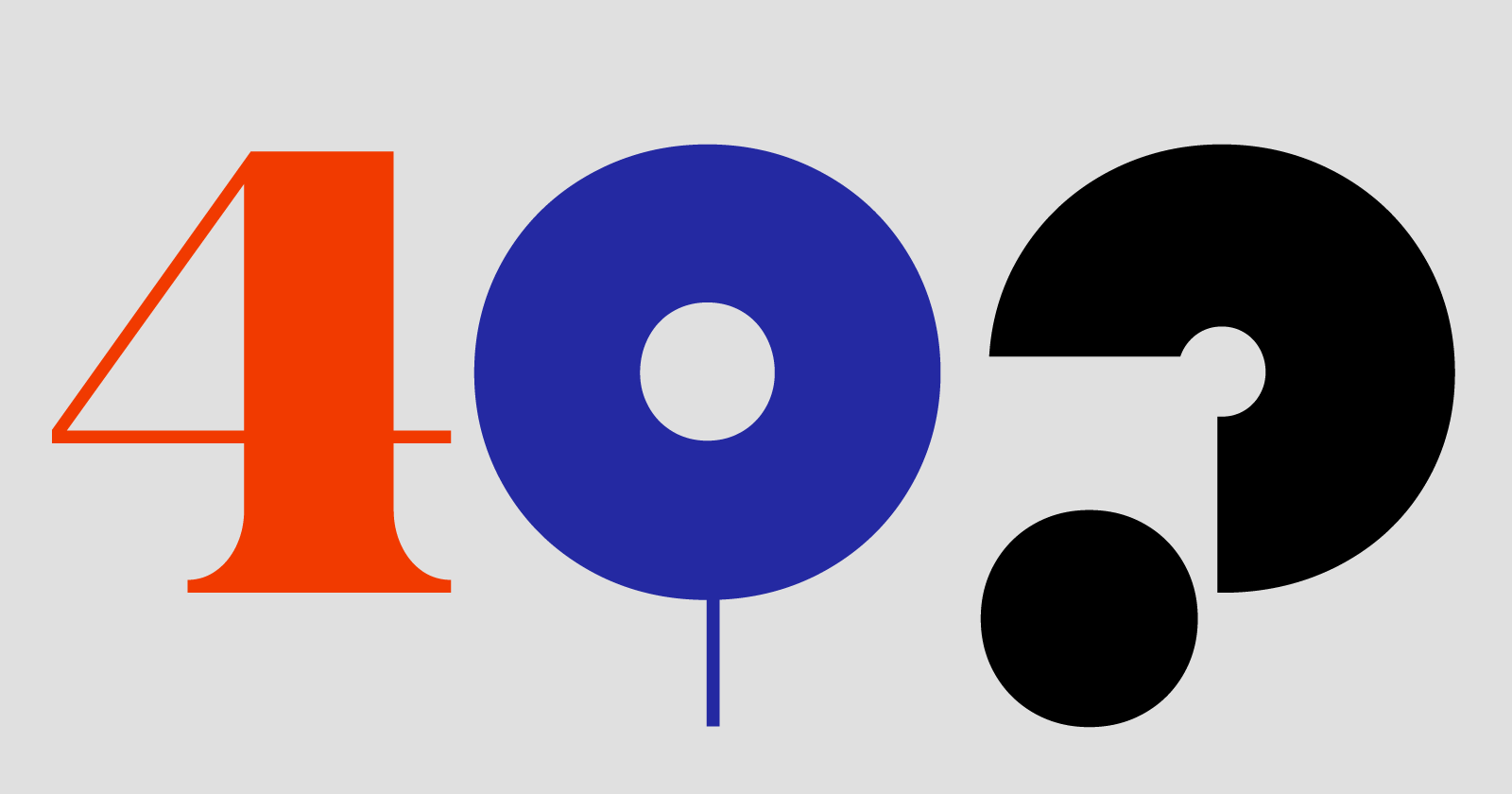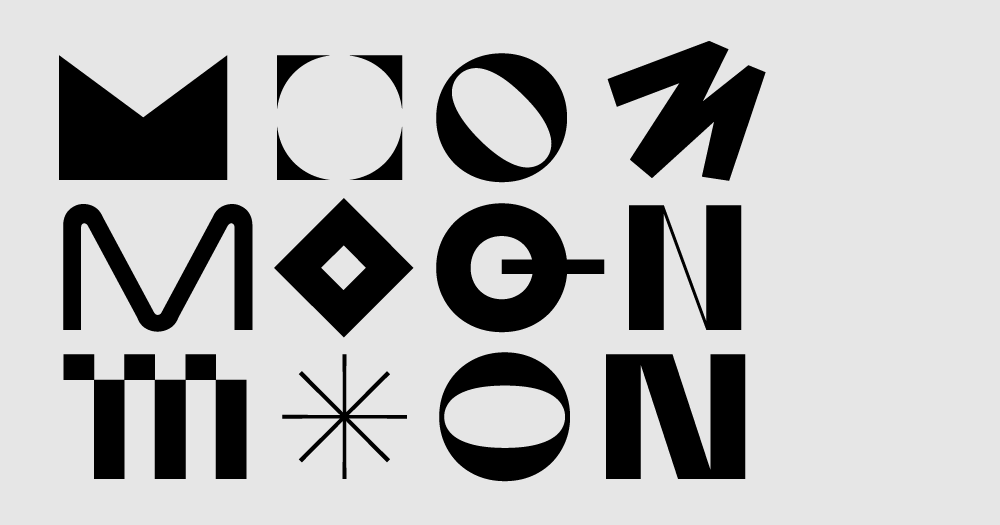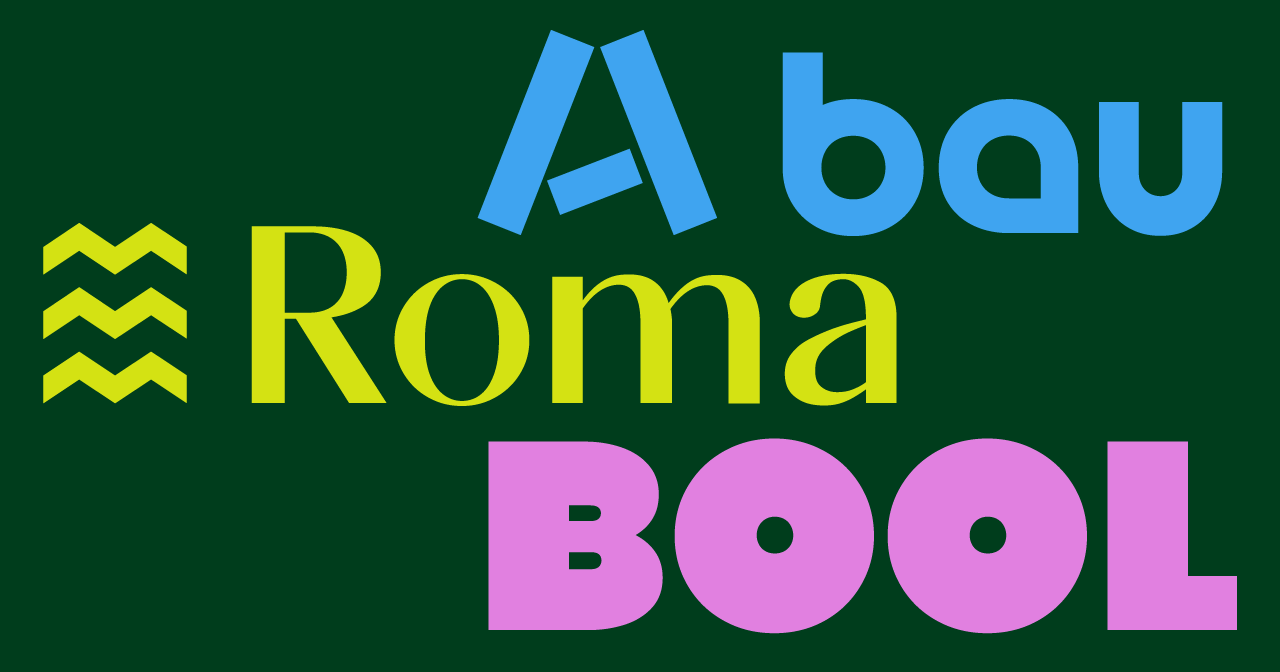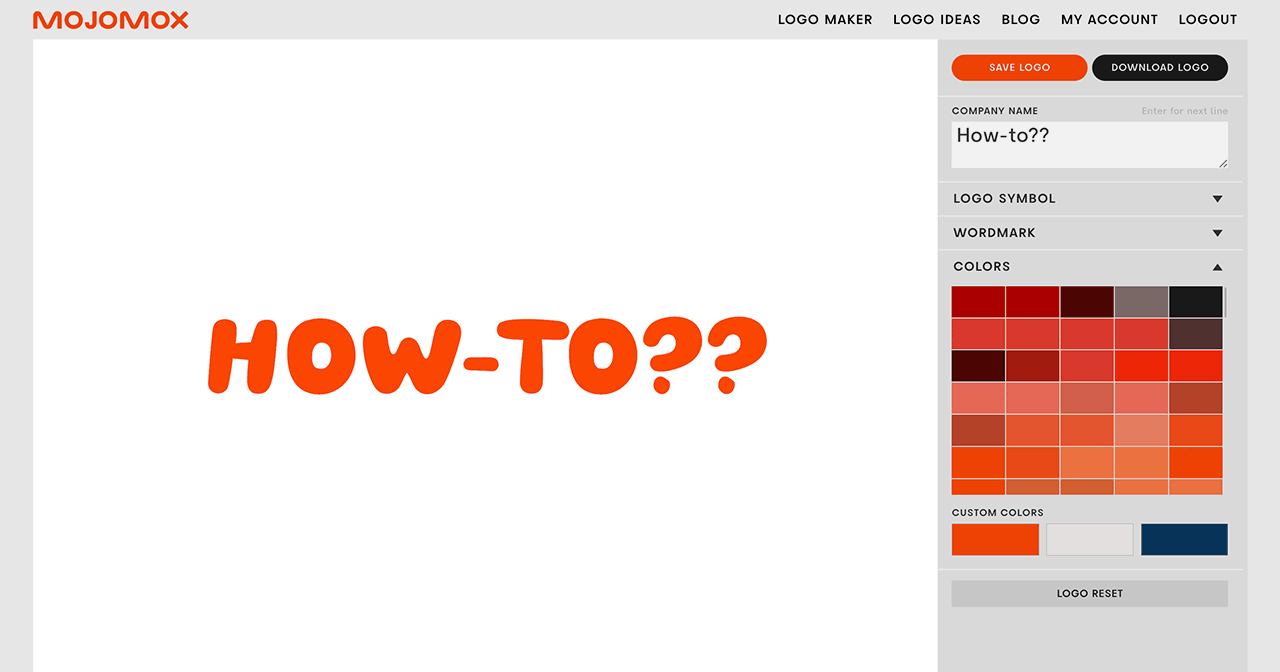Branding for startups: 4 questions to ask when starting out

When it comes to creating a brand that grabs the attention of customers and stands apart from the competition, many startups think first about things like logo ideas and color scheme. Whether you're building a modern tech startup, a professional services business, or a creative design agency, these visual elements are important. But while they're integral pieces of a company's brand identity, starting there is like painting a house before you've built the foundation.
Your brand is how you communicate what your company is all about—so you can’t have a standout brand without first identifying the core components that make it what it is. By digging into your brand’s story and values, the competitive landscape, and the needs and preferences of your target audience, you’ll be able to choose brand assets that are truly aligned with your company’s DNA.
The bad news is, this isn’t easy work. The good news is, by starting here, you’ll be creating a brand that is so uniquely and authentically you that there’s no way anyone could confuse it with your competitors.
Here are a few questions to ask yourself to ensure you’re getting back to the core and creating a brand that truly shines.
1. Does your brand have a story behind it?
When deciding which brand to work with or buy from, people often care less about features and more about a brand’s story—especially if your features are similar to those of your competitors. Customers are naturally drawn to the brand they connect with on a deeper level. Airbnb isn’t just a vacation rental company, it’s a community that encourages opening up your home and connecting with others—which is exactly what the founders did when first testing the product. Spanx started because founder Sara Blakely was struggling to find the right undergarments to feel comfortable and confident in a party outfit—a feeling many women can connect with.
So, an impactful brand starts with a clear, authentic story. I encourage founders to include their story in our branding workbooks—by default, it’s wholly unique and therefore can’t help but inspire a truly distinct brand.
Airbnb isn’t just a vacation rental company, it’s a community that encourages opening up your home and connecting with others.
If you don’t feel like you have a touching story, consider the “why” behind starting your company. What events, situations, or challenges inspired you to take this path? What are the values that you want to come across in everything you do? All of these things can help inform how your company should represent itself.
The more unknown the company or product, the more direct those aspects need to be laid out in branding communications. Consider how your brand story can be visually represented through your minimalist tech logo design and overall contemporary visual identity to create a memorable first impression.
Does your brand have an authentic personality?
Whether intentional or not, brands have always had personality—Netflix seems "clear, easy, honest," while Disney+ focuses more on projecting the "magic" their family brand is known for. Your startup's personality should guide your choice of innovative tech designs or professional business elements. In a world where customers connect with companies on social media as if they were friends, it's crucial that your brand personality is deliberate, consistent, and connects with your target audience.
Sometimes a brand’s personality can reflect that of its founder, pulling aspects of what that person is known for and characterizing them into aspects of the company messaging (think Jamie Oliver and his company, the Jamie Oliver Group). While this can make it easier for founders to talk about their company as an extension of their personal brand, it only works if that personality aligns with the company’s goals and audience.
Whether you’re pulling inspiration from the founder or not, it’s worth creating a brand persona, just like you might create user personas for your audience. What are your brand’s key characteristics and qualities? Is it bold, sophisticated, or quirky? What does it like and dislike? How does it communicate? This can help you make your brand more human, keep it consistent across channels, and gut check whether your target audience would even like your brand.
How does your brand compare to the competition?
Obviously, part of having a stand-out brand is, well, standing out compared to the competition. Doing an analysis of your competitors' brands and your positioning in relation to them can help you understand where you can—or could—bring a unique perspective and look.
Maybe you've already done a competitive analysis for features, pricing, and market share—but have you done one focused on brand? Go to the websites and social profiles of your biggest competitors and pay attention to:
- Color scheme: What are the primary and supporting colors they use, and what emotions do they evoke? Consider exploring different colorful design approaches or going with a more minimalist aesthetic to stand out.
- Visual language: Do they use photographs or illustrations? Custom or stock imagery?
- Tone and personality: How do they explain what they do? Is the language they use more professional or casual, more straightforward or humorous?
Note the ways in which your brand is already distinct so you can lean into that—and also note the places where your brand feels similar to that of others. Those can be good opportunities to return to your story and personality and think of ways to adjust them so that you stand out.
For instance, when working on the branding for Odeko—which offers business tools for coffee shops and cafes—we noted that a lot of restaurant industry competitors were using the color red, so we wanted to avoid that shade. Given the founder’s unique and open personality, we decided to make things pop with a more fearless and loving pink.
What does your target audience think of your brand?
Finally, it’s worth noting that you can do all the research and self reflection you want, but none of it matters if the brand you create doesn’t connect with your audience! The strongest brands have put in the effort to do user interviews or testing to ensure they’re making the impression they want. You can do this by A/B testing different copy or design schemes with Facebook ads to your target demographic—or simply by sitting down with users, showing them the branding, and asking them what they think.
This can also prevent you from overinvesting (How much should a logo cost?) in brand development: Sometimes an early iteration of your brand looks good enough to attract customers, even if you feel like it could be better. This can save you time, money, and heartache, especially if you’re in the early stages or bootstrapping.
So, yes, creating an outstanding brand takes more than picking this season’s trendiest logo fonts and color palettes. But, by doing this work, you’re creating a stronger company and a stronger brand identity.
Additional reads you might find helpful when starting out:
- How to come up with a brand name
- 10+ Best fonts for startups to use in 2024
- Logo 101: How to design logos
- Explore our modern tech logo designs collection for inspiration
- Check out tech industry logo examples for industry-specific design ideas
- Discover minimalist logo styles that work well for startups





